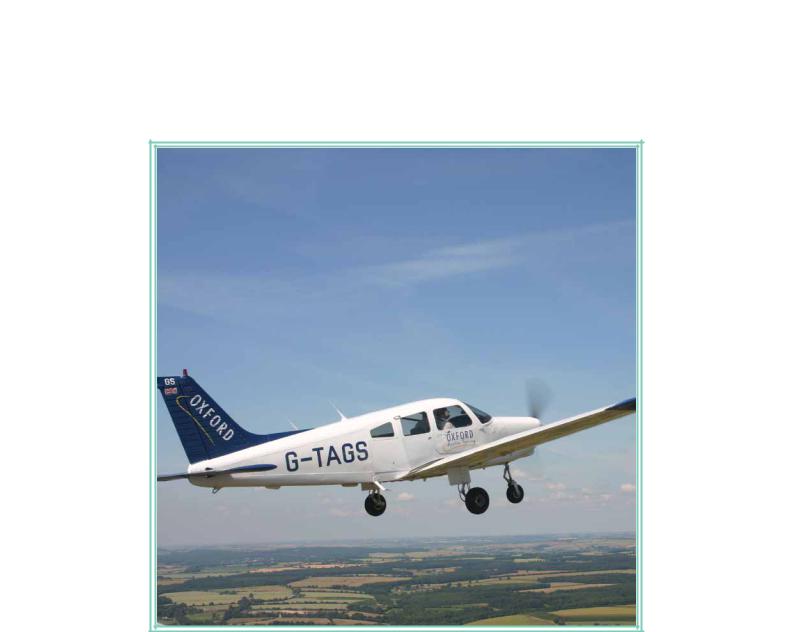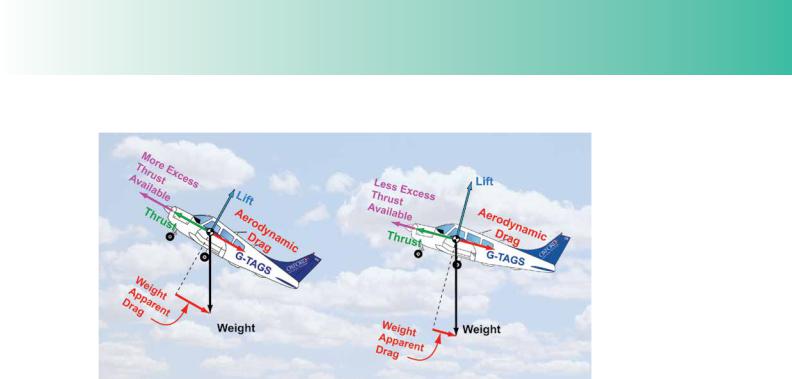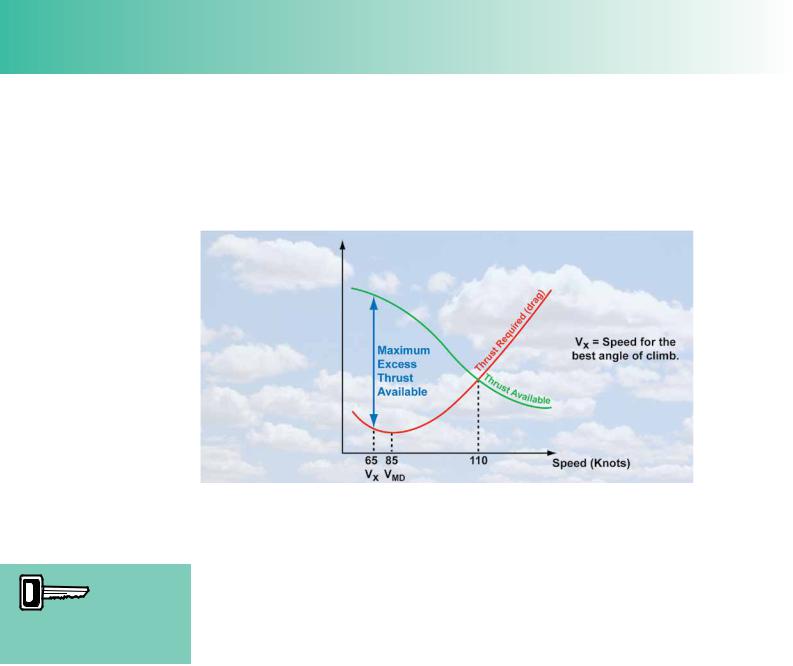ID: 3658
Customer: Oleg Ostapenko E-mail: ostapenko2002@yahoo.com
Customer: Oleg Ostapenko E-mail: ostapenko2002@yahoo.com
CHAPTER 2: TAKE-OFF QUESTIONS
Representative PPL - type questions to test your theoretical knowledge of Take-off.
1.If the density of the atmosphere is reduced, the take-off distance required will be:
a.increased
b.decreased
c.unaffected
d.reduced with a wind
2.What effect will a higher aircraft mass have on the rotate speed and take off safety speed?
a.It will decrease both speeds
b.It will increase rotate speed and decrease take off safety speed
c.It will increase both speeds
d.It will decrease rotate speed and increase take off safety speed
3.That part of a runway surface which is used for normal operations during take off, excluding any clearway or stopway, is referred to as:
a.the Take-Off Run Available (TORA)
b.the Accelerate-Stop Distance Available (ASDA)
c.the Take-Off Distance Available (TODA)
d.the Emergency Distance Available (EMDA)
4.Complete the following statement as accurately as possible using one of the options a), b), c) or d).
If the density of the air increases the effect will be:
a.to increase the take-off distance required
b.to increase the take-off run
c.to decrease the take-off distance required
d.to decrease the indicated airspeed at lift-off
5.Complete the following statement as accurately as possible using one of the options, a), b), c) or d).
The main reason for taking off into wind is to:
a.increase the take-off distance required
b.decrease the take-off distance available
c.increase the ground speed of the aircraft at lift-off
d.decrease the ground speed of the aircraft at lift-off and to decrease the Take-Off Distance Required










